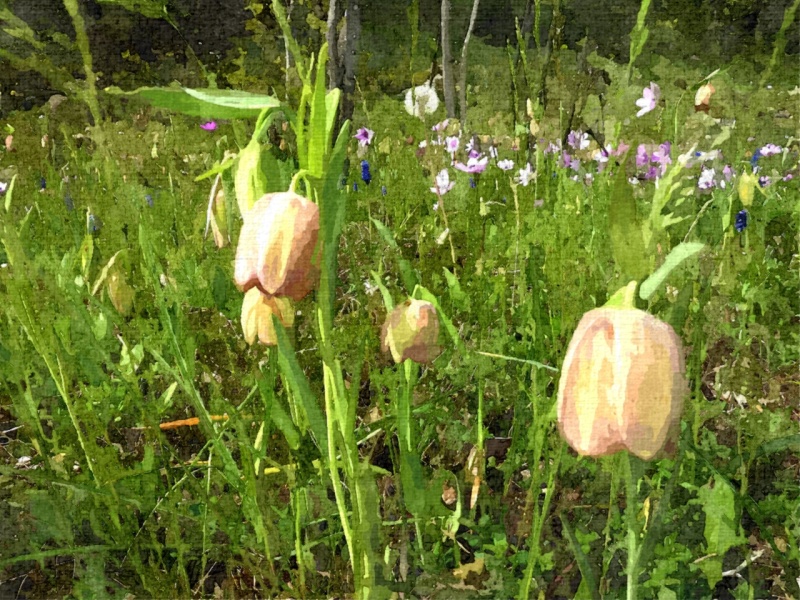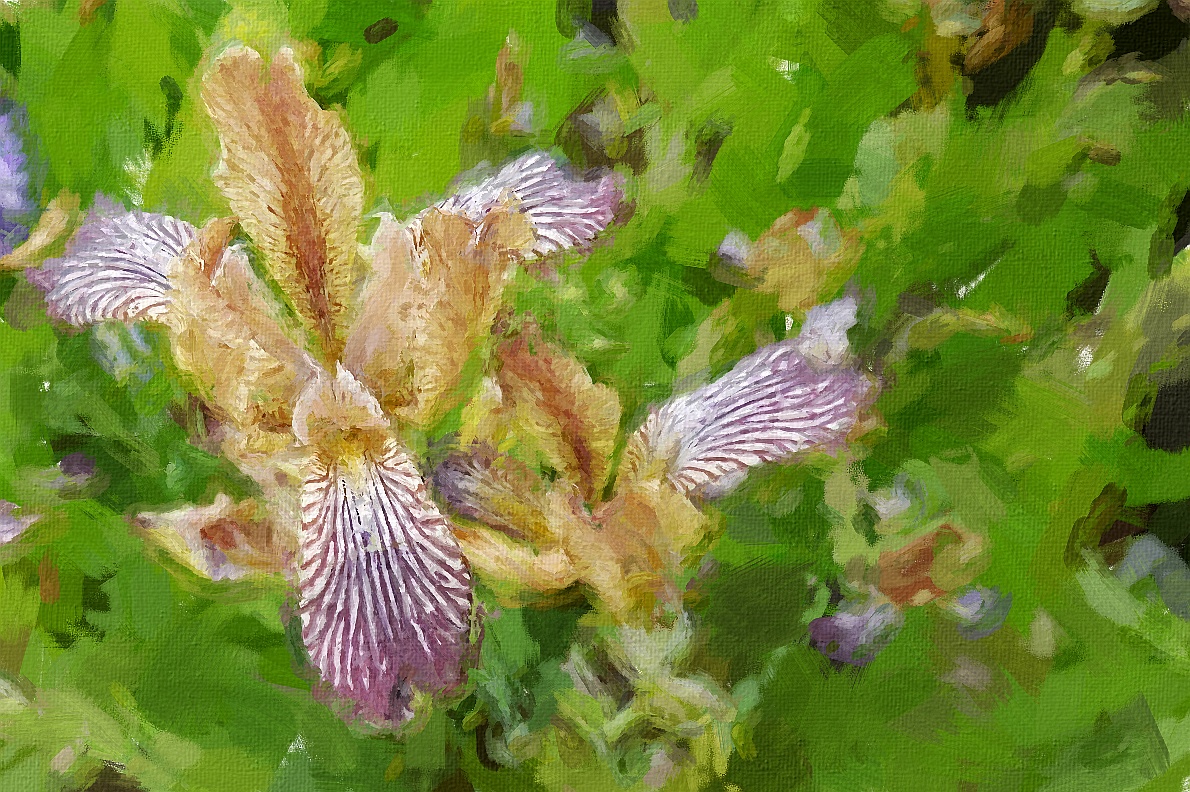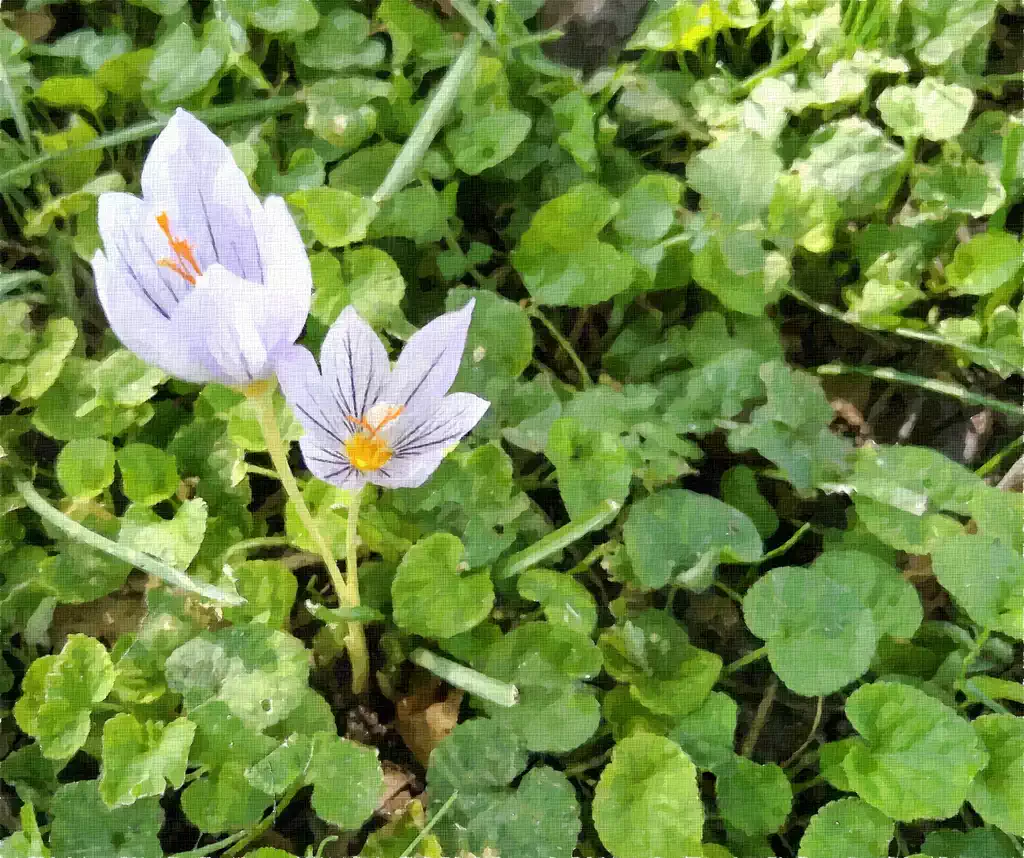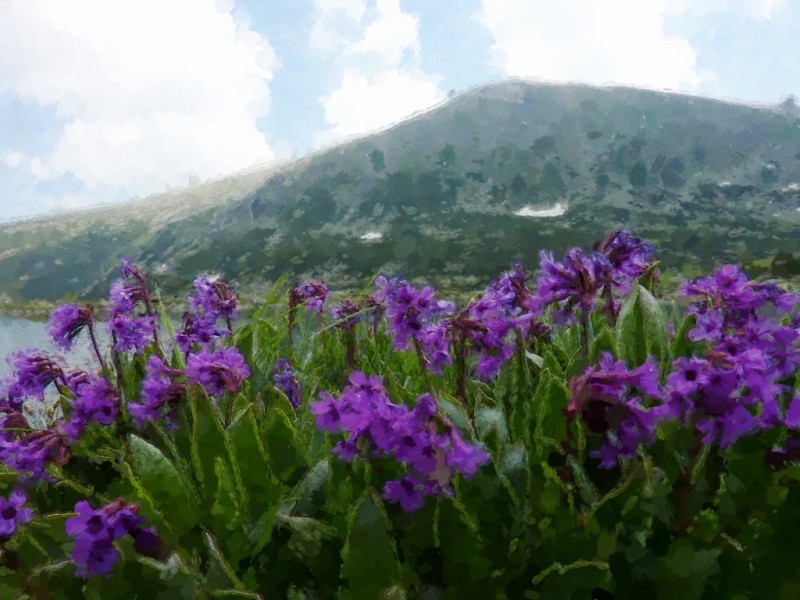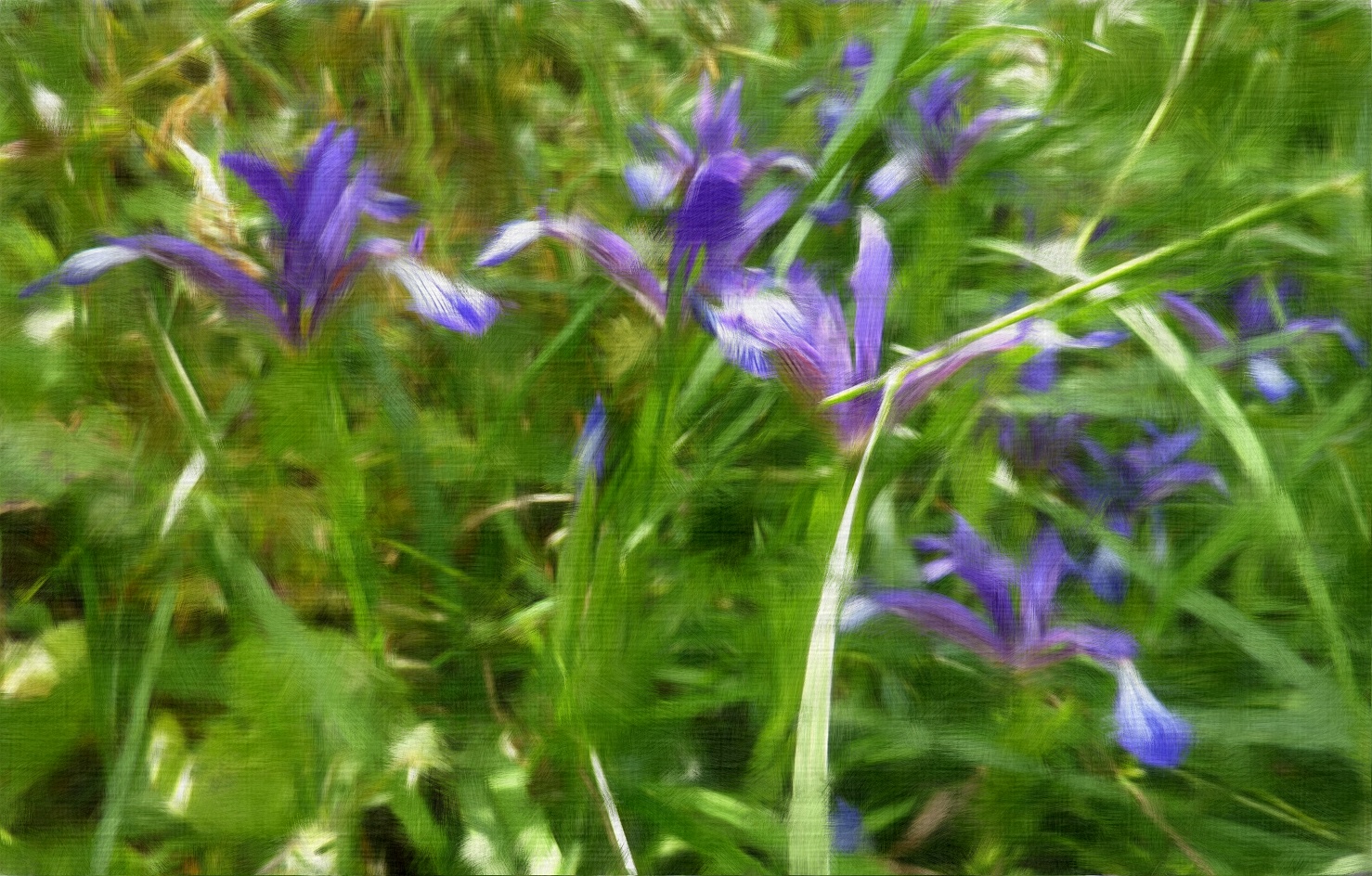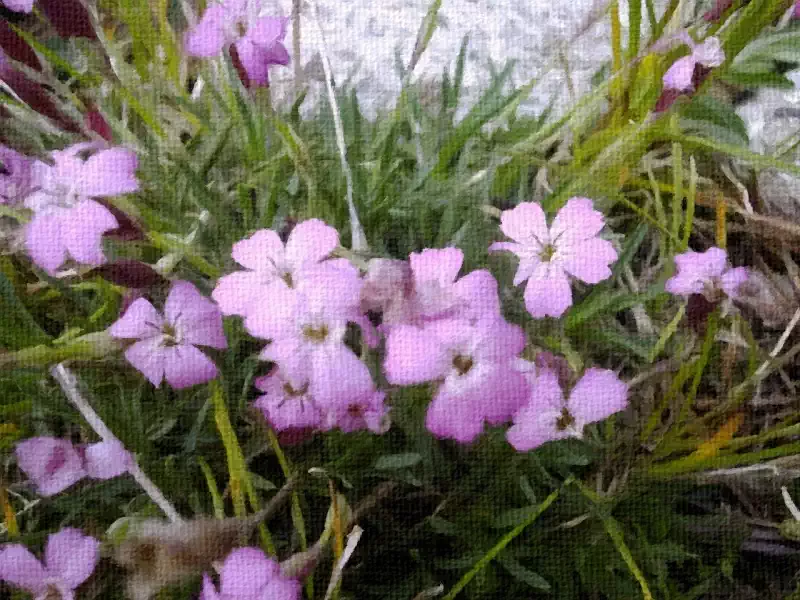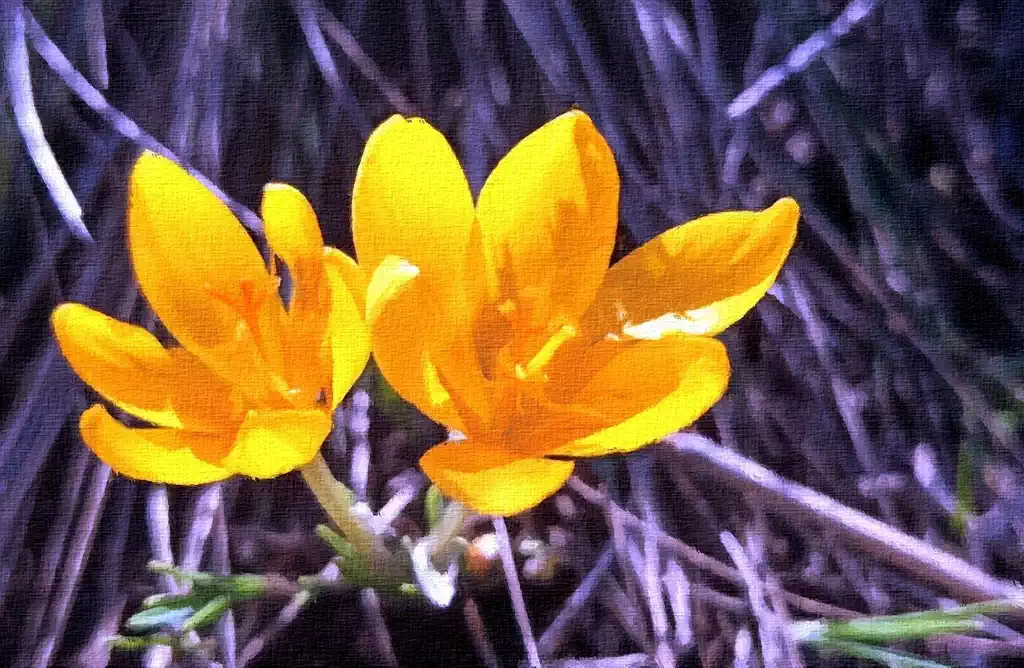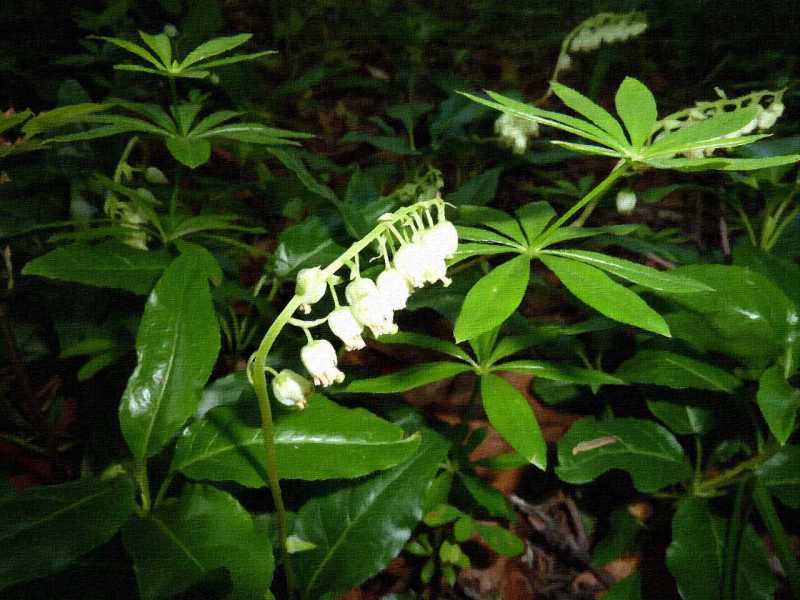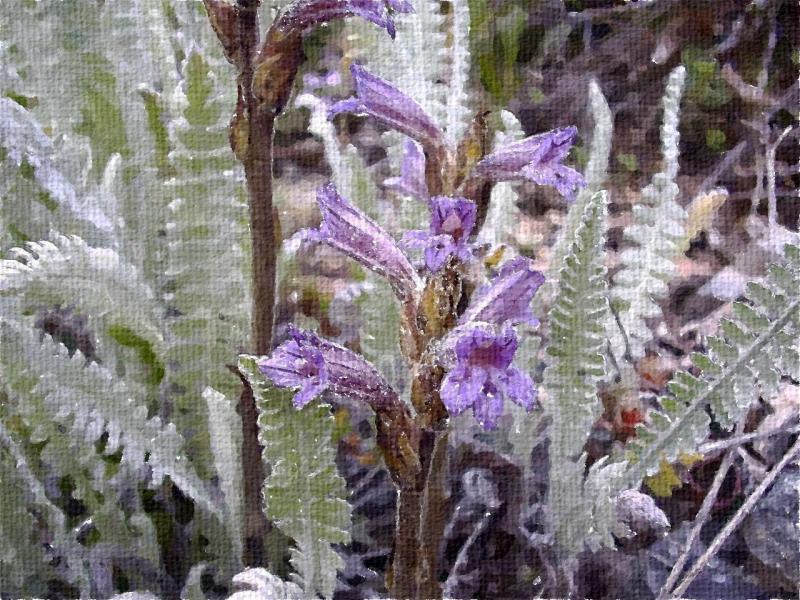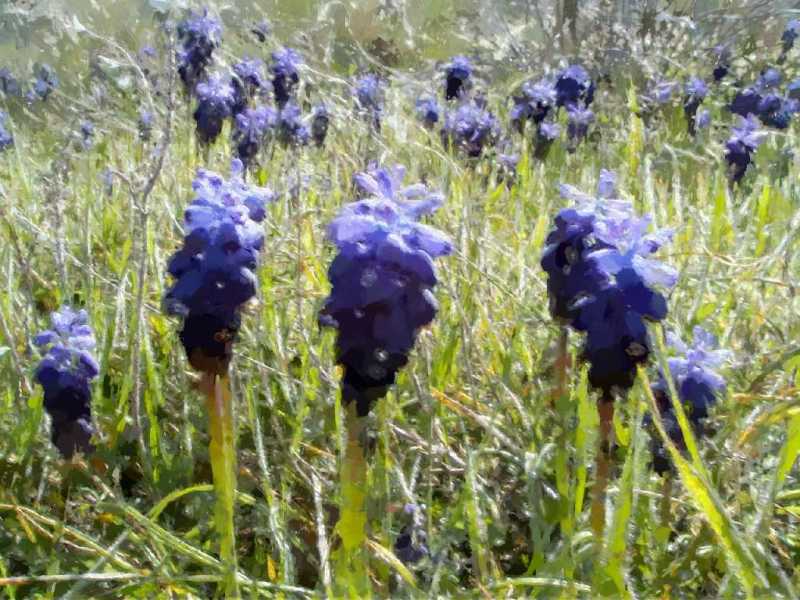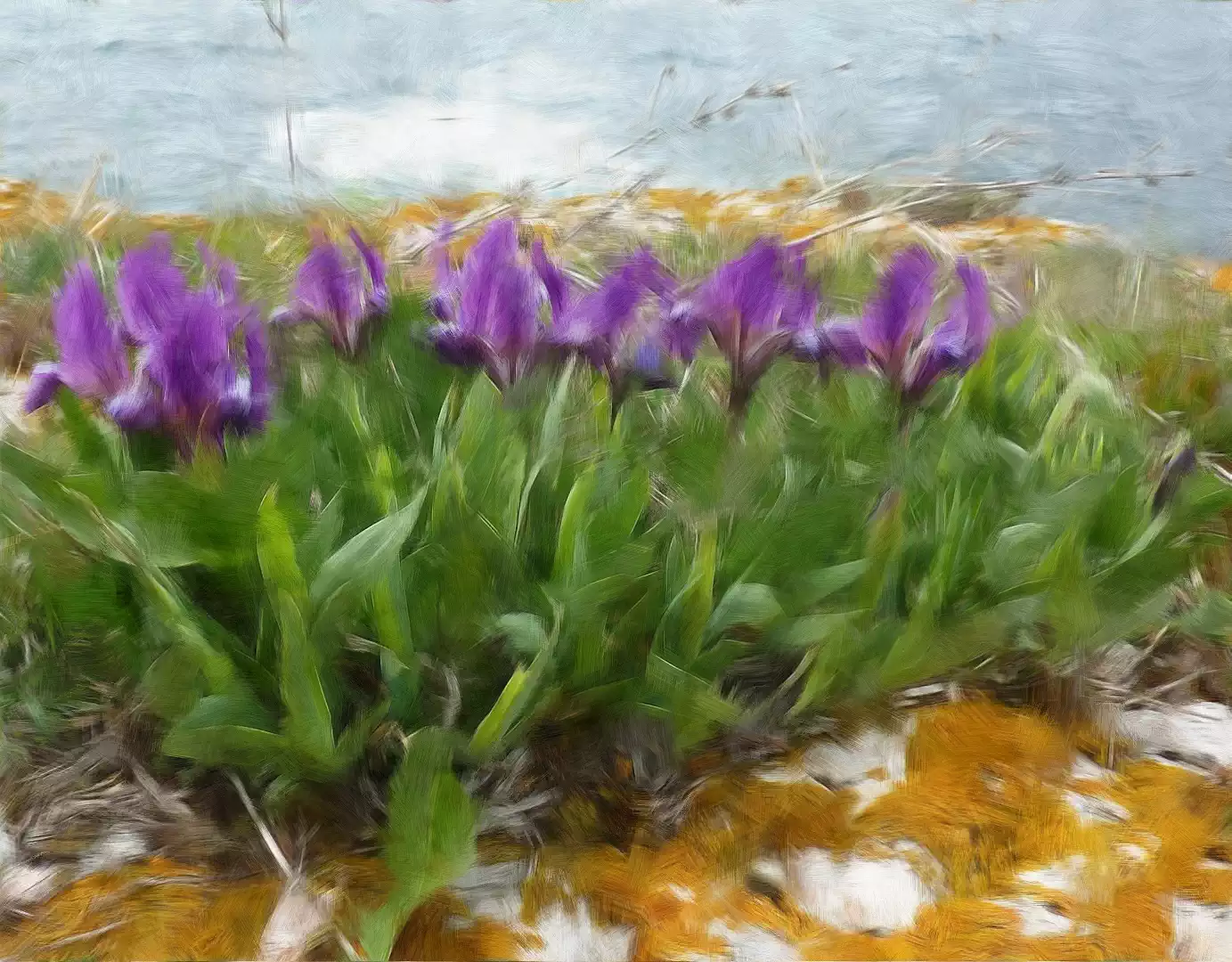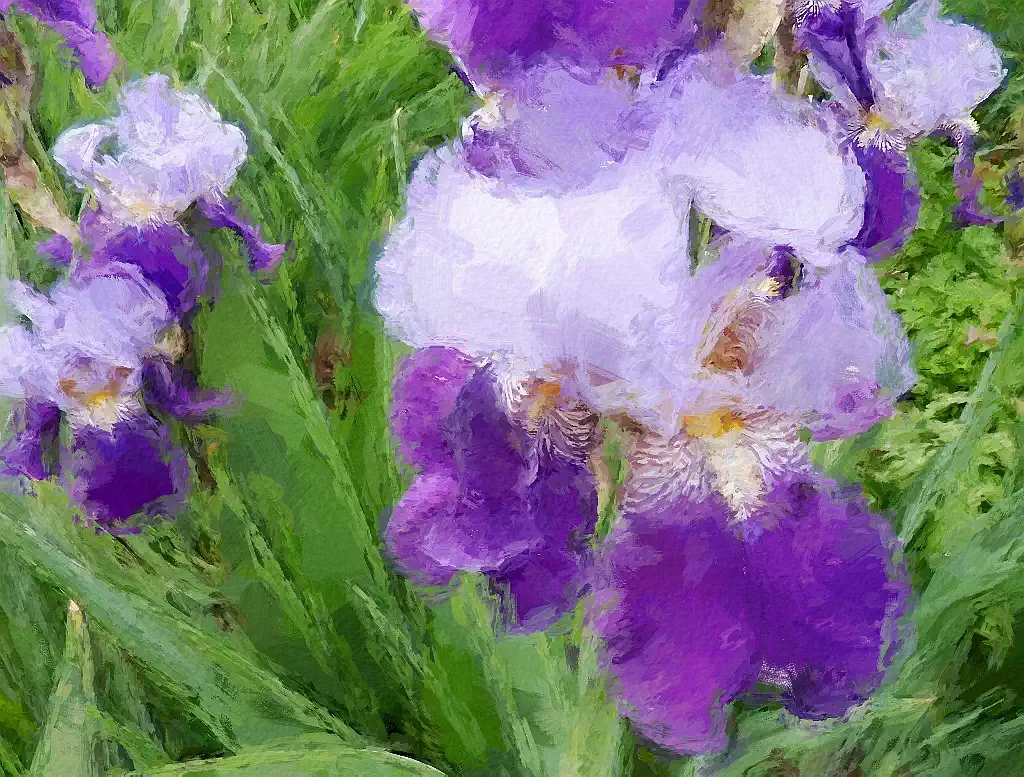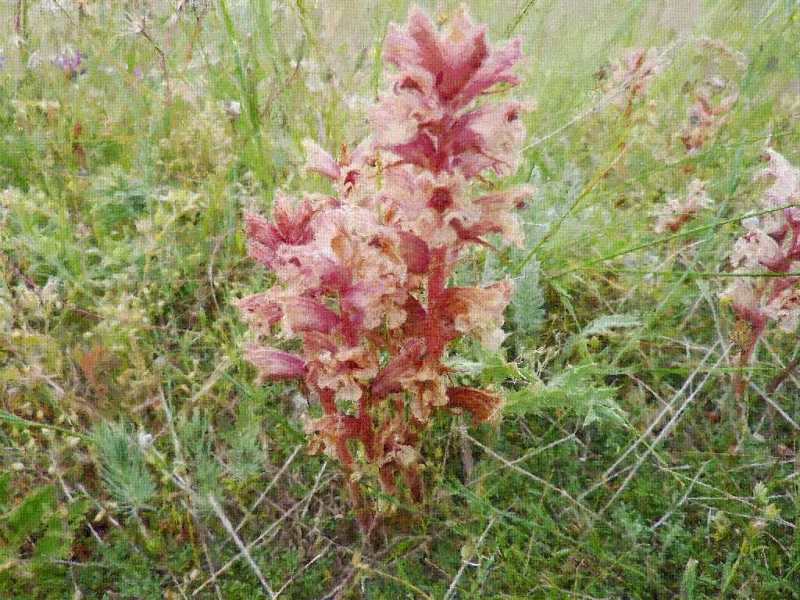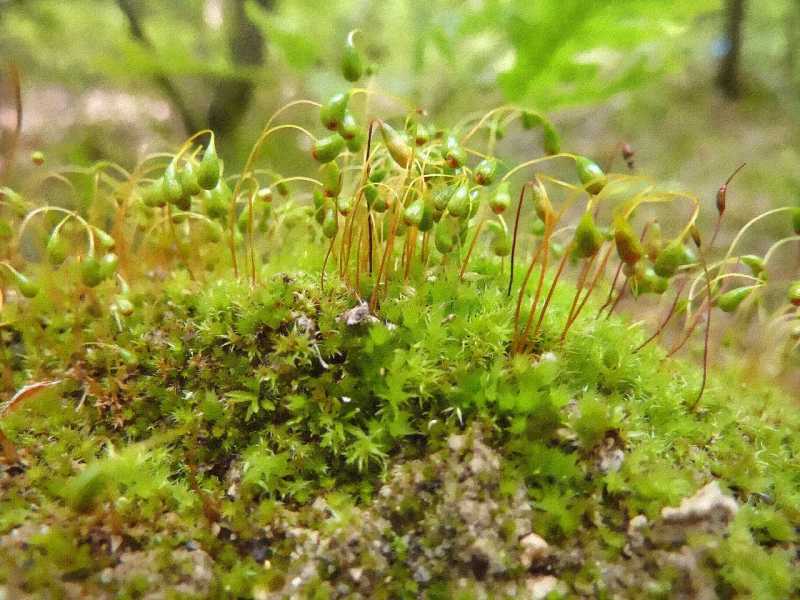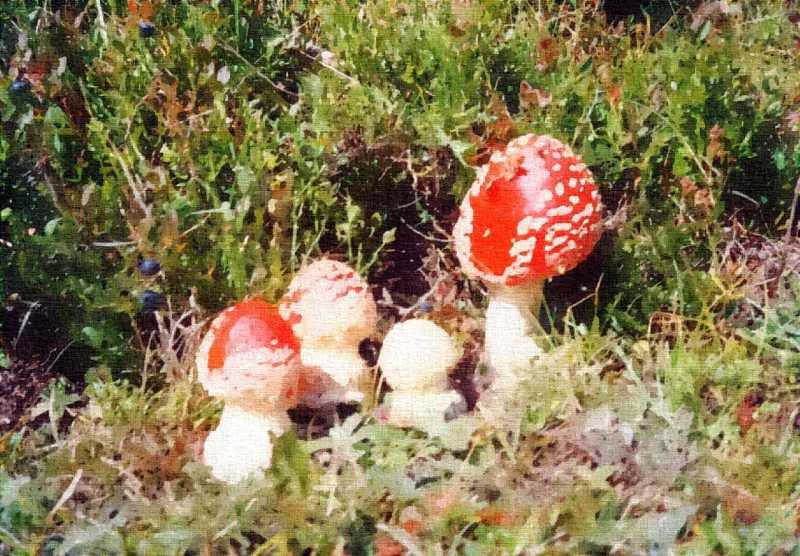PDF
Kirilova I., Gevezova M., Dimitrova A., Kostov K., Batchvarova R., Pineda-Martos R., Pérez-Vich B., Maširević S., Škorić D., Medić-Pap S., Stoyanov K., Păcureanu M., Denev I. 2014.
Genetic Diversity of Orobanche cumana and Orobanche cernua Populations as Revealed by Variability of Internal Transcribed Spacers1/2 of Ribosomal Cistron and Ribulose-Bisphosphate Carboxylase Pseugene.
In: Knowing the Parasite: Biology and Genetics of Orobanche, Proceedings of the Third International Symposium on Broomrape (Orobanche spp.) in Sunflower, Córdoba, Spain, June 03–06, 2014; International Sunflower Association (ISA): Paris, France, 2014; pp 133–139.
Abstract
The sunflower broomrape – Orobanche cumana (Wallr) parasitizes on roots of sunflower plants and is a serious constraint on sunflower production, causing yield losses of up to 60%. The variability of Internal Transcribed Spacers1/2 of ribosomal cistron (ITS1/2) and ribulose-bisphosphate carboxylase pseugene (RbcL) in 32 samples of O. cumana and 4 samples O. crenata collected from different European locations were studied. The results showed that O. cumana can be differentiated from O. cernua, by single C/T transition located in ITS2 (rel. position 423). Rubisco large subunit in O cumana differs from O. cernua with two transversion: T/G (rel. position 15) and A/C (rel. position 84). The genetic diversity observed in O. cumana was lower than in O. cernua. When comparing the ITS and rbcL sequences isolated from O. cernua two single SNPs were found that can discriminate different origins. Both ITS1/2 and rbcL sequences isolated from O. cumana however were completely homogeneous, despite the fact that samples were collected form very distant locations: from Volgograd, Russia to the East to Spain to the West. This observation is in favor of hypothesis that the move of O. cumana from wild hosts on sunflower was a single act that occurred once and all invasive races are descendants from ancient Caucasus population. Probably genes related to O. cumana aggressiveness should be identified and used for molecular markers to determine genetic relationships within and among O. cumana populations.
